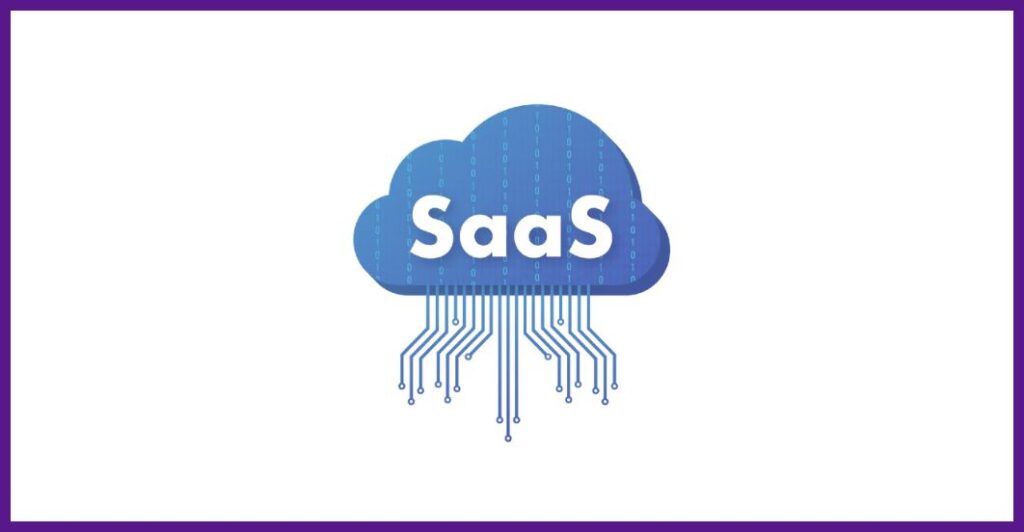Mastering the Cloud: An Essential Guide to Cloud Governance
In today’s fast-paced digital landscape, cloud computing has gone from being a fad to becoming the backbone of countless organizations. Whether for scalability, flexibility, or cost optimization, the cloud offers immense potential. However, without proper management, control It is targeting, this potential can turn into complexity, security risks and uncontrolled expenses. This is where the Cloud governance becomes not only important, but fundamental.
Why is Cloud Governance crucial?
Imagine building a house without a blueprint. The chances of facing structural problems, budget overruns, and features that don’t align with your needs are very high. With the cloud, the analogy is perfect. cloud governance acts as the architectural project, ensuring that your infrastructure and cloud services are used efficiently, securely and in line with your business objectives.
The benefits of a good cloud governance are vast and directly impact the success of your digital strategy:
- Cost optimization: Avoid unnecessary expenses, identify idle resources and implement efficient provisioning policies. A cloud cost management effective is one of the pillars of governance.
- Enhanced security and regulatory compliance: Establish robust security policies, control access to sensitive data, and ensure compliance with industry-specific regulations. cloud security and the cloud compliance are governance priorities.
- Improved risk management: Proactively identify and mitigate risks associated with cloud usage, from security vulnerabilities to service disruptions. cloud risk management is an essential component.
- Greater agility and innovation: With well-defined processes, your team can innovate with more confidence, knowing that there are clear guidelines for using new cloud services and technologies. cloud agility is facilitated by a good IT governance.
- Clarity and responsibility: Define clear roles and responsibilities for managing cloud resources, avoiding ambiguities and ensuring accountability. cloud responsibility is a direct result of governance.
The Pillars of Effective Cloud Governance
Although the implementation of the cloud governance may vary according to the needs of each organization, some pillars are fundamental:
- Cost management: Implement budget policies, monitor spending in real time, optimize resource usage, and leverage appropriate pricing models.
- Security and Compliance: Define security policies, control access, encrypt data, implement firewalls, and ensure compliance with standards and regulations.
- Identity and Access Management (IAM): Control who has access to which resources and data in the cloud by applying the principle of least privilege and using multi-factor authentication.
- Resource management: Establish policies for provisioning, configuring, monitoring, and deactivating cloud resources, ensuring efficiency and avoiding waste.
- Monitoring and reporting: Implement monitoring tools to track the performance, security and costs of cloud resources, generating reports for analysis and decision-making.
- Automation: Use automation tools to apply governance policies consistently and efficiently, reducing human error and freeing up resources for more strategic tasks.
Exploring the Universe of Cloud Governance: From Google Cloud to Generative AI
The journey to the cloud is multifaceted and involves a variety of technologies and strategies. To successfully navigate this dynamic environment, cloud governance becomes a beacon, guiding organizations toward efficiency, security, and innovation. In this section, we will explore some of the key concepts, technologies, and best practices that permeate the cloud governance universe, focusing on how to apply them across different contexts and platforms.
Understanding the fundamentals of cloud computing is the starting point. Whether you’re harnessing the scalable power of Google Cloud and Microsoft Azure, or optimizing collaboration with Google Workspace, the foundation of a solid governance strategy lies in understanding the ins and outs of each cloud environment.
Effective data governance is a central pillar. From building a robust data warehouse to implementing data management and data integration strategies, governance ensures the quality, security, and accessibility of information. Data security is a non-negotiable priority, permeating every step of the journey to the cloud, from data transfer to storage and processing.
Data modernization and application modernization are important drivers of digital transformation. Adopting reference architectures and leveraging cloud platform services such as virtual machines requires well-defined governance to optimize costs and ensure performance. Tools such as cloud advisor can provide valuable insights to identify opportunities to reduce costs and improve efficiency.
Cloud Governance and AI
The rise of artificial intelligence, and in particular generative AI and generative AI at Google Cloud, brings new dimensions to governance. Ensuring security, ethics, and compliance in the use of these emerging technologies is a crucial aspect of data governance and cloud governance as a whole.
To maintain visibility and control, cloud monitoring becomes essential. Implementing effective monitoring practices allows you to identify bottlenecks, optimize resources, and ensure the resilience of your cloud environments.
For those looking to deepen their knowledge and find additional resources, the Google Cloud and other platforms architecture hub offers a wealth of information and best practices.
In short, cloud governance is a dynamic field that spans from the fundamentals of the cloud to the frontiers of artificial intelligence. By adopting best practices and understanding the nuances of platforms like Google Cloud and Microsoft Azure, organizations can build a secure, efficient, and innovative cloud future.
Implementing Cloud Governance in Practice
Structuring an effective Cloud Governance sector requires strategic planning and the implementation of well-defined steps. cloud governance is an ongoing process that requires planning, execution, and monitoring. Some best practices include:
- Set Clear Goals: What results do you hope to achieve with Cloud governance? Cost reduction? Increased security? Improved compliance?
- Establish Policies and Procedures: Document the rules and processes for using cloud resources, ensuring clarity and consistency.
- Define Roles and Responsibilities: Who is responsible for what in your cloud infrastructure?
- Choosing the Right Tools: Leverage cloud-native tools and/or third-party solutions to assist in implementing and monitoring governance.
- Promote Awareness and Training: Ensure your team understands the importance of cloud governance and how to follow established policies.
- Continually Review and Adapt: The cloud environment is constantly evolving. Your governance policies must also evolve to keep up with the changes.
Ready to master your cloud?
THE Cloud governance Cloud is not a barrier to innovation, but rather a catalyst for long-term success in the cloud. By implementing the right practices, you ensure that your cloud journey is secure, efficient, and aligned with your business goals.
Want to know how to implement an effective Cloud governance strategy for your organization?
Talk to one of our experts right now and discover how we can help you build a future in the cloud with confidence and control!





